
The ISTE Standards for Coaches 2b, “Actively participate in professional learning networks to enhance coaching practice and keep current with emerging technology and innovations in pedagogy and the learning sciences,” takes connections to the deeper level of networking with the intent of creating learning and growth opportunities for all involved so as to leverage the network’s pedagogical understanding and technological aptitude.
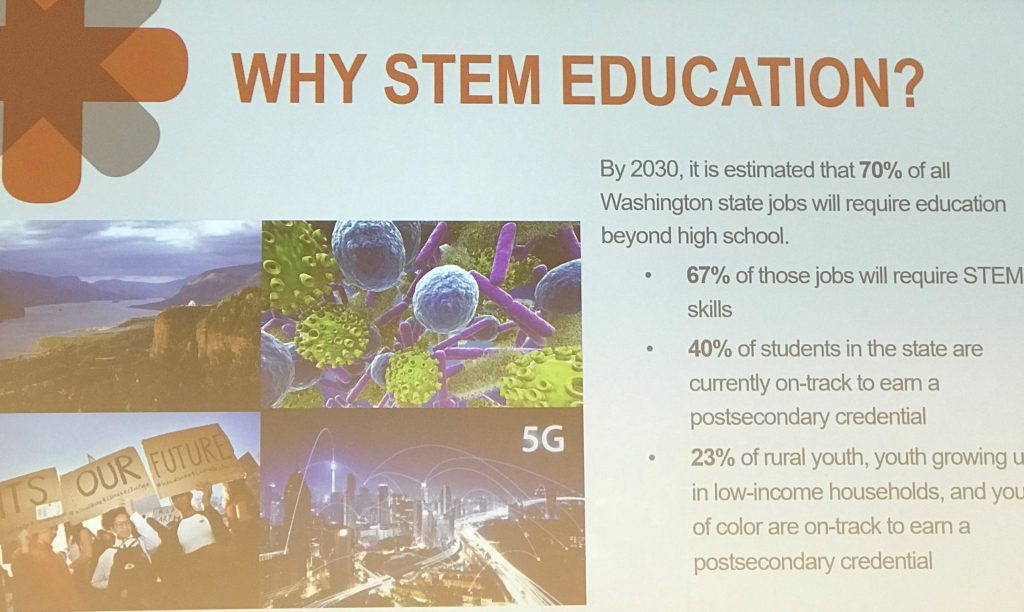
Source: STEM Summit
Evidence: “The general sessions introduced and emphasized WA STEM’s increased focus on equity work and targeted application. Historically, WA STEM worked to increase awareness around STEM education and the need to focus on this area. That work is transitioning into a focused effort around closing opportunity gaps for all students in STEM. Additionally, in lieu of awareness, WA STEM is now targeting early math interventions and conceptual pedagogy as a foundation for STEM education and high school STEM career pathways. There is a need to broaden and recognize the role that the trades play and the importance of connecting students with STEM careers beyond just a focus on four-year degrees. Finally, the general sessions provided an opportunity to thank partners and express gratitude for the role that they play in the overall work as amplified across all of the regional STEM networks.”
Explanation: Leveraging networks for innovations in pedagogy and the learning sciences creates synergies for collaborating educators to identify collective pedagogical practices for addressing large systemic issues such as closing opportunity gaps, innovating with regard to early math interventions, and promoting the role of the trades in the overarching college and career readiness conversation.
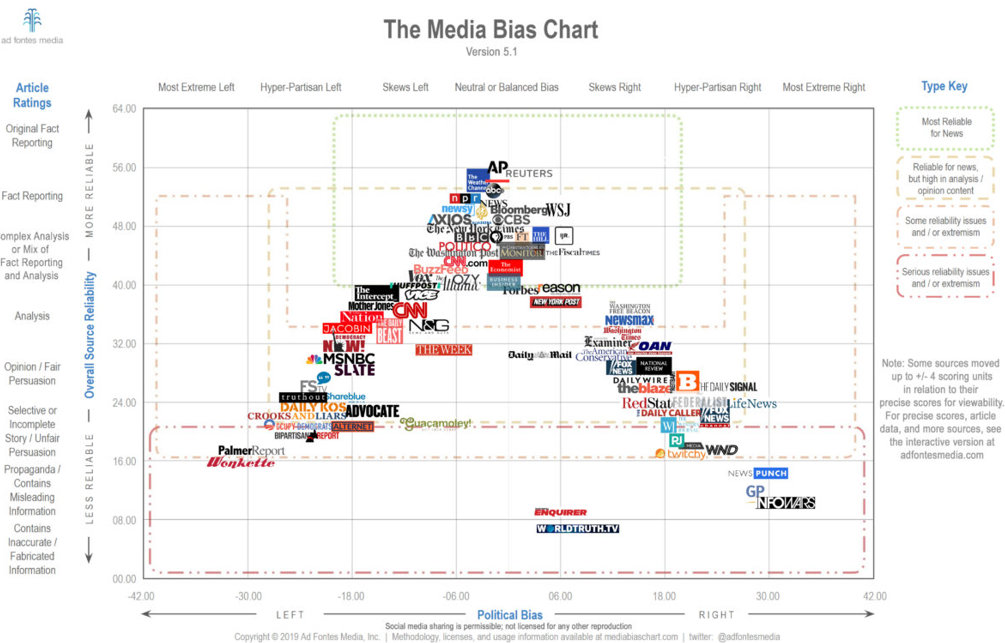
Source: Educating Students on Faux News in the “Fake News” Era
Evidence: ““Digital Literacy in the Age of Fake News” is the cleverly titled presentation that I recently attended at the December, 2019 AVID National Conference. The presenters, Laurie Kirkland and Pat Regnart, walked attendees through a plethora of information and resources on the topic. While fully engaged, I felt as though I barely scratched the surface in terms of content. With the topic of this article fully established and that in mind, the remainder of the content will be exploring ISTE Standard 3 through the lens of the presentation entitled “Digital Literacy in the Age of Fake News” and its primary focus on “Evaluate the accuracy, perspective, credibility and relevance of information, media, data or other resources.””
Explanation: Conferences provide opportunities to network with educational professionals at the forefront of innovative pedagogical applications to emerging technology.
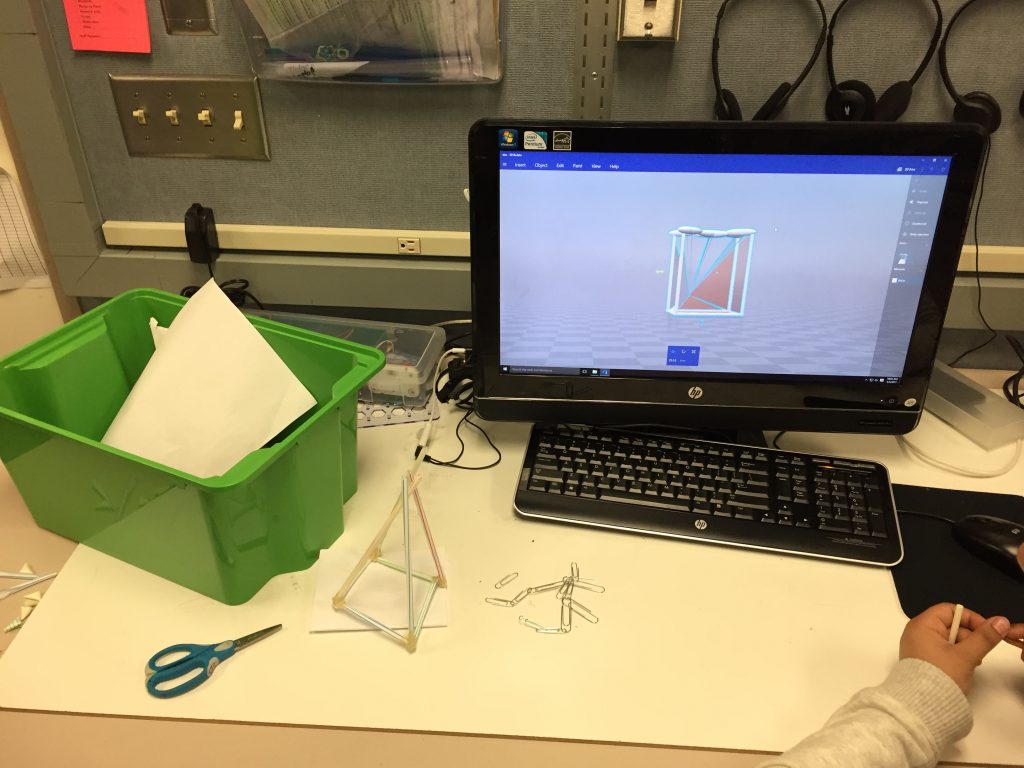
Source: Pivoting from In-Person to Virtual PD
Evidence: “Every year as part of my job as a learning designer, I help to design, host, and train teachers that will be running professional development training over the coming year. We do this training in person over the course of a long weekend. So what happens when that training suddenly has to pivot to being done online? How do we adapt? What does that even begin to look like? So many questions! And, not a lot of answers. In some ways, I feel fortunate because I’m trying to figure out how to host online training for adults as opposed to many of my k-12 teacher friends that are currently trying to figure out how to approach a similar shift with kids. All the same, I think there are some similarities, and right now is a good time to share thoughts around what’s sure to be a common challenge faced by many educators across the country and even around the world. In some ways, this is much bigger than any of us as individuals or as educators and is a question of citizenship because the root cause is a global pandemic. Since we’re taking this online, it’s a good opportunity to review digital citizenship as outlined by the International Society for Technology Education (ISTE) Standards.”
Explanation: Professional networks focused on training and coaching educators enabled innovative applications of pedagogy and learning technology with emerging technologies in order to address critical and immediate but otherwise unforeseen needs due to the developing pandemic of 2020.
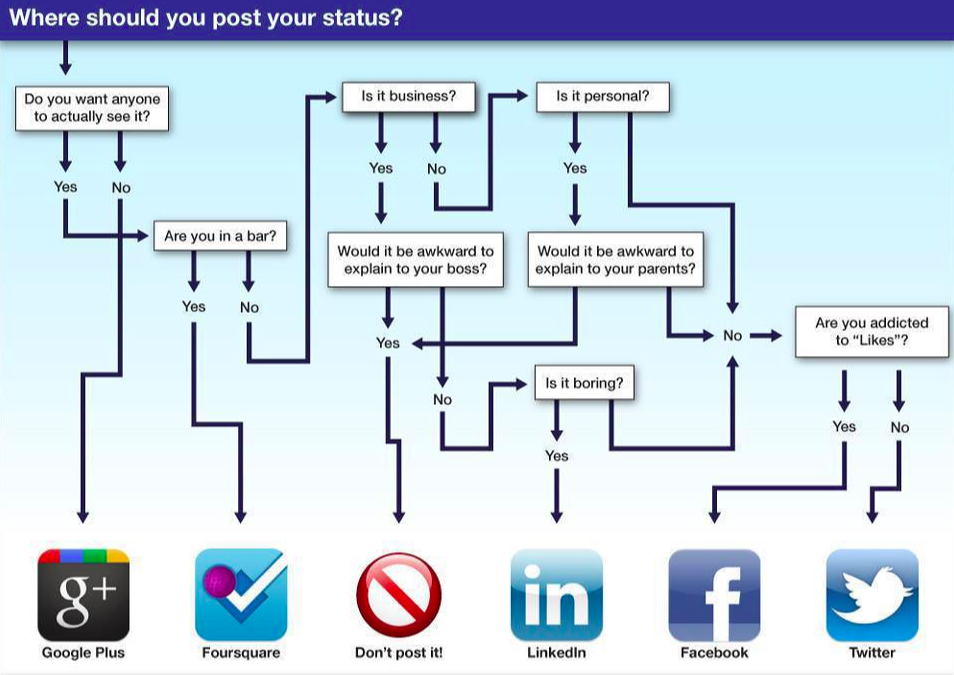
Source: Linking In to Professional Networks for Educators
Evidence: “First, I started seeking out and connecting with other teachers on LinkedIn. I learned pretty quickly that classroom teachers tend to create and share more via Pinterest, Instagram, and Twitter. In fact, if a fellow educator new to social media had to pick only one platform then I’d probably point them toward Twitter. LinkedIn has its place, though, and tends to act as more of a professional space for educators to connect, share, make new contacts, and discover professional opportunities.”
Explanation: Emerging social media technologies allow for expanded networks that reach more educators at deeper levels of interaction for sharing enhanced coaching practices, new technologies, and innovations in the learning sciences.
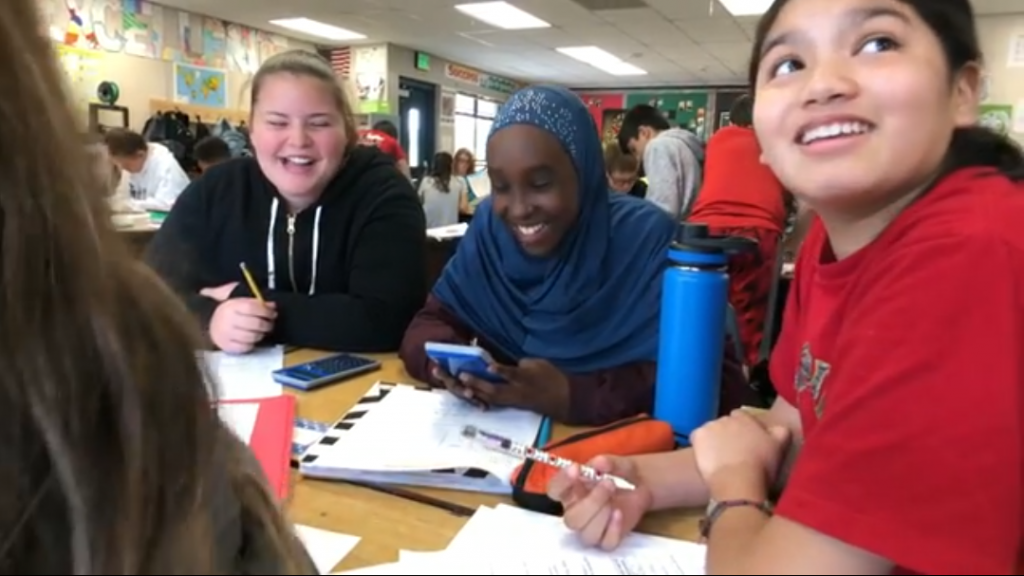
Source: STEM for All Students
Evidence: “Relationship as a professional development provider is definitely much harder. It’s hard to have relationships with 50 or more of your “closest friends” from across the country that you just met. And yet, relationships are just as important in this context. So building relational capacity from the moment those educators walk through that door is key. And, as a designer of these professional development opportunities, it’s really important that those relational capacity building activities are built into the course syllabus design.”
Explanation: Individual relationships are the nodes of any professional learning network so understanding how to develop relational capacity through often quick or indirect social interactions leads to an enhanced network in support of coaching practices

